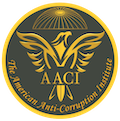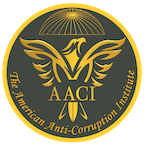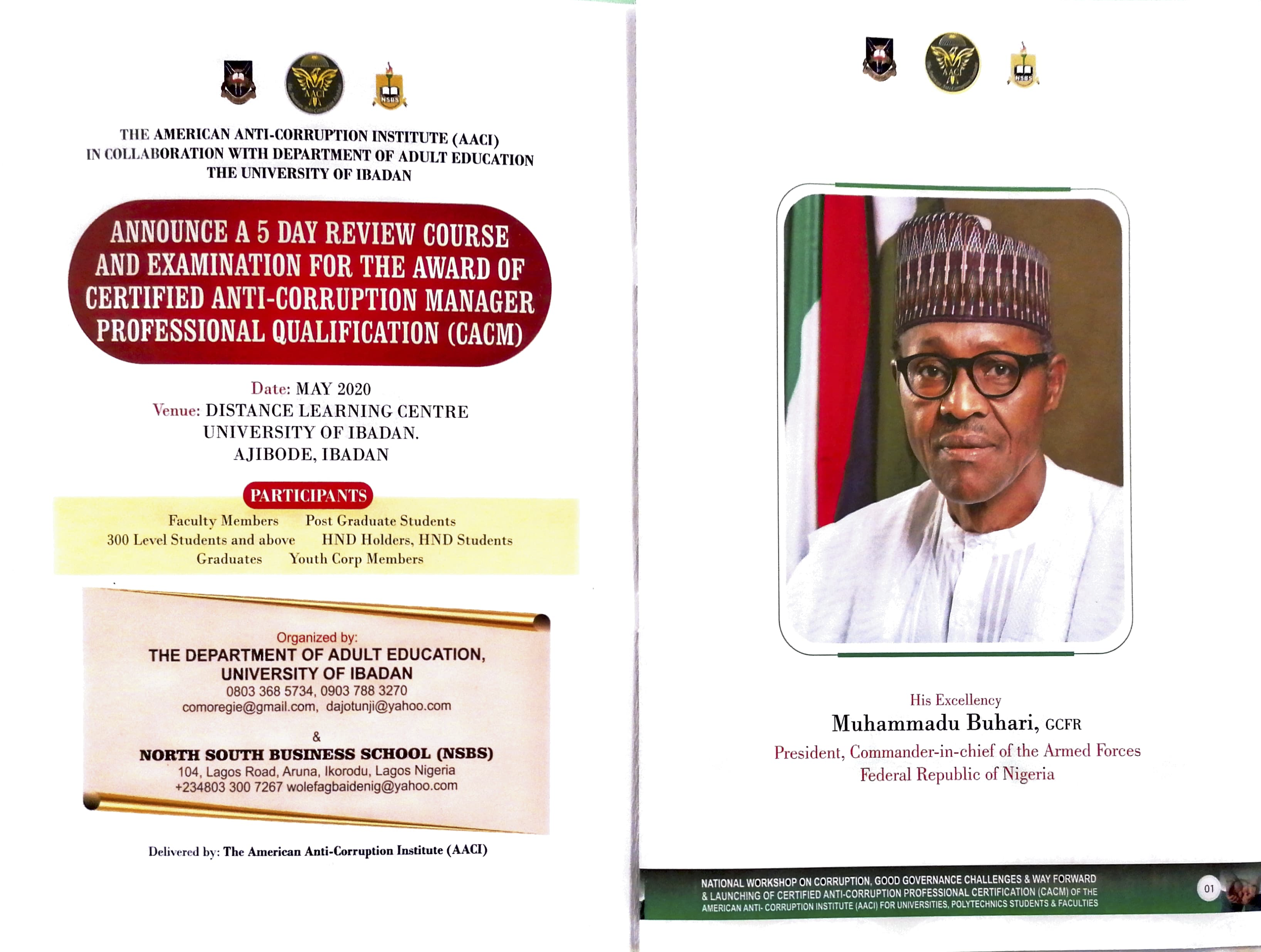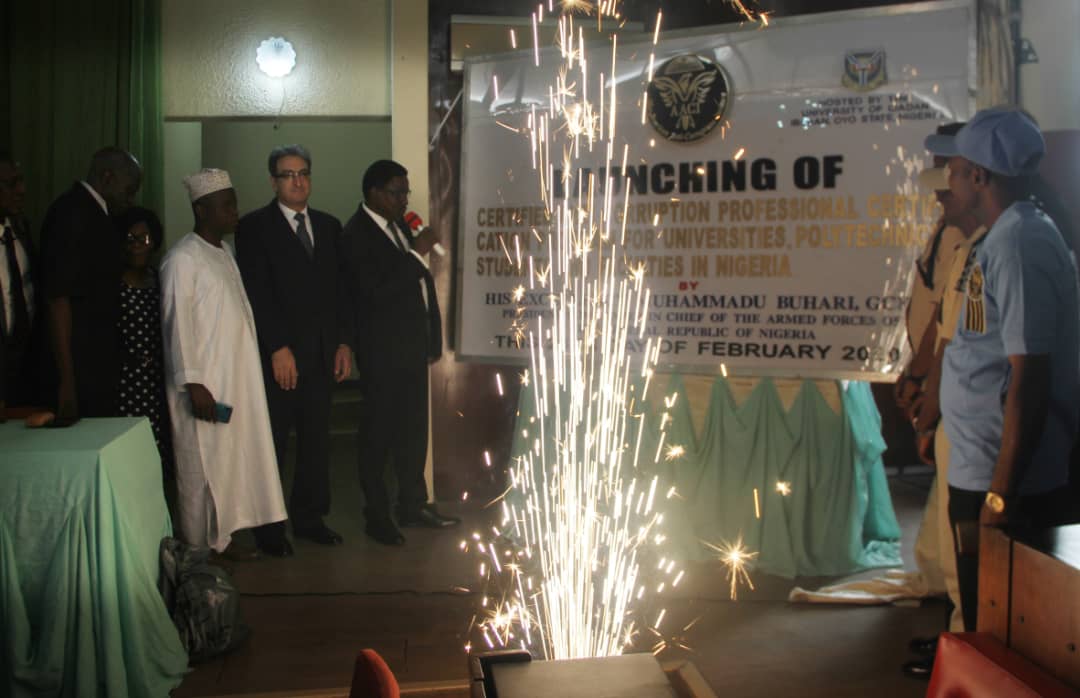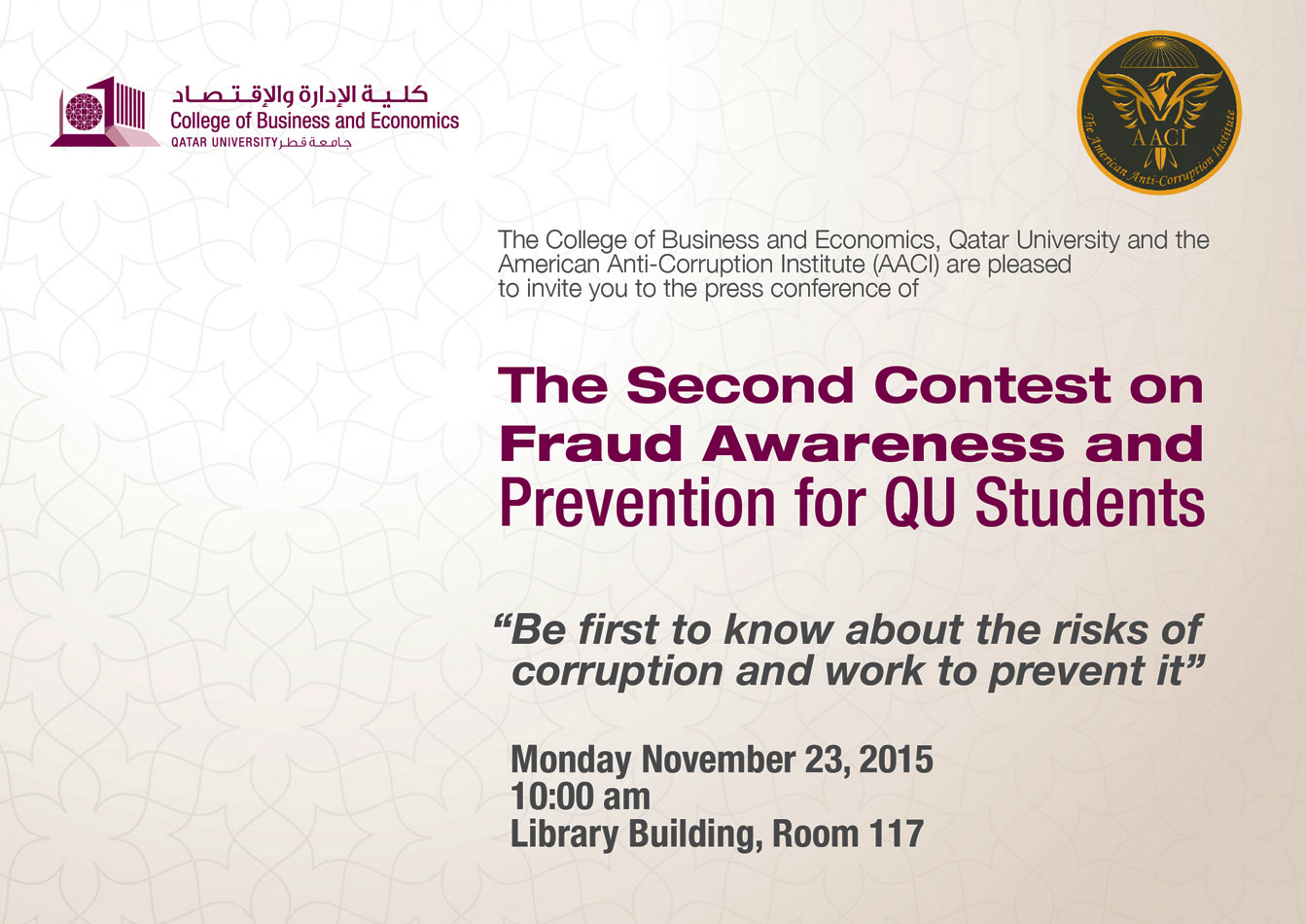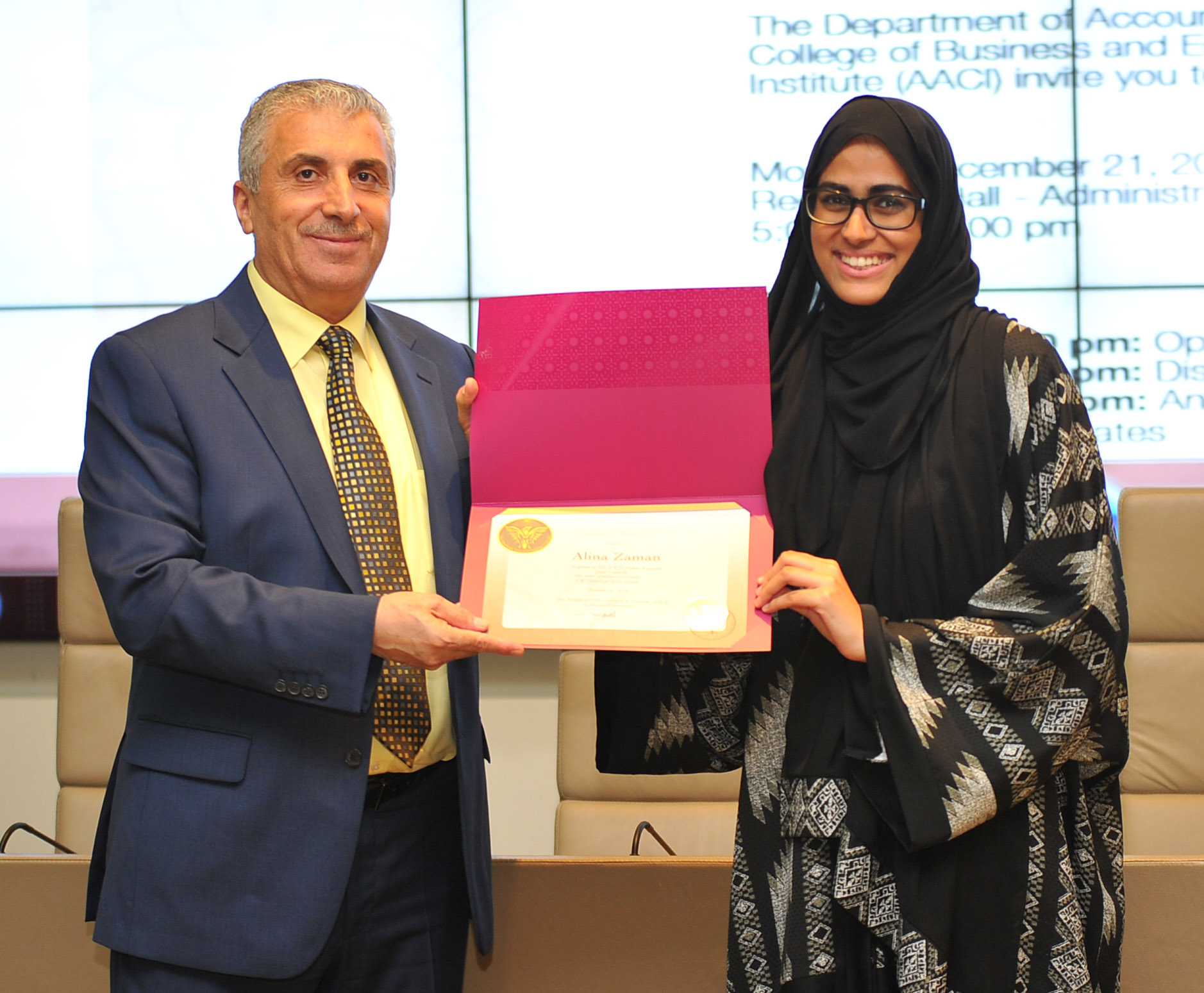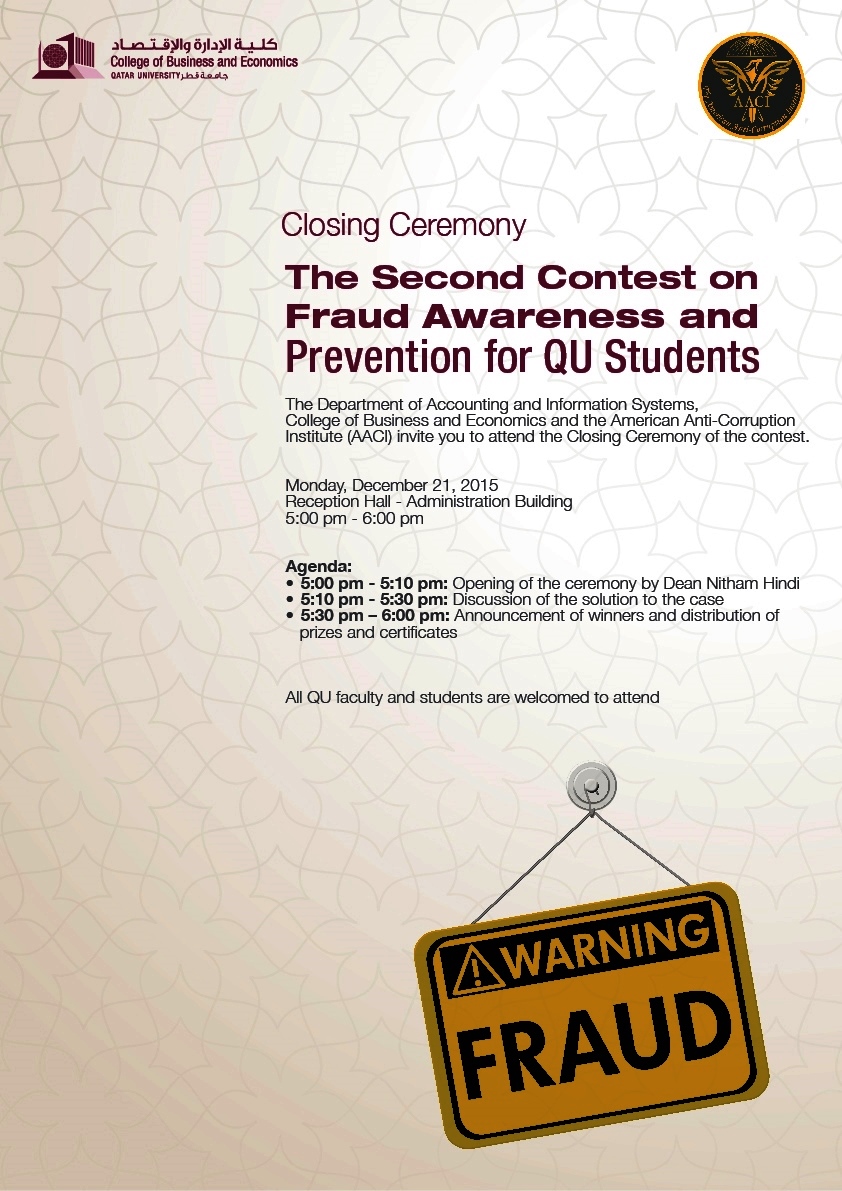October 9, 2024
Mike J. Masoud
Corruption can devastate any business, but its impact is often more severe for small and medium enterprises (SMEs). Unlike large corporations, which may have the resources to recover from a scandal, SMEs are far more vulnerable to the financial and reputational damages caused by fraud and corruption. The loss can be catastrophic, even resulting in the closure of the business. While corruption affects organizations of all sizes, SMEs are more susceptible due to their limited capacity to effectively detect, prevent, and manage these risks.
Corruption as a Business Risk
For SMEs, corruption is not just an ethical issue—it is a critical business risk that must be managed rigorously as any other operational threat. When management overlooks or fails to adequately address corruption, it opens the door to internal fraud, jeopardizing the entire company. Many SME owners may believe that fraud is something that happens to others, not their business. However, research and case studies reveal that small companies are disproportionately affected by fraud, often due to weaker internal controls and limited oversight.
Many SME owners may believe that fraud is something that happens to others, not their business.
Internal Fraud: A Manageable Risk
While there are many types of fraud and corruption, this discussion will focus on internal fraud—the kind that originates within the organization itself and is under the control of management. This form of fraud typically arises due to unchecked authority, poor segregation of duties, or a lack of accountability mechanisms. SMEs must recognize that internal fraud is not only within their reach to control but also one of the most preventable risks they face.
Internal Control Principles: Building a Strong Control Environment
Effective internal control is essential for preventing internal fraud and corruption. The Committee of Sponsoring Organizations (COSO) framework highlights five key principles under the control environment component that every SME should adopt to strengthen their defense against fraud:
1. Demonstrates Commitment to Integrity and Ethical Values
The foundation of any anti-corruption effort is a culture of integrity. Management must lead by example, consistently promoting ethical behavior and zero tolerance for fraud and corruption across all levels of the organization.
2. Exercises Oversight Responsibility
SME owners and management must take responsibility for overseeing anti-corruption measures. This includes setting up oversight structures to ensure that controls are in place and regularly monitored.
3. Establishes Structure, Authority, and Responsibility
Clearly define roles, responsibilities, and reporting lines within the organization. When employees understand their authority limits and know where to report suspected fraud, the risk of corruption is significantly reduced.
4. Demonstrates Commitment to Competence
A company’s internal controls are only as strong as the people managing them. SMEs should invest in hiring and training competent personnel who understand fraud risks and how to mitigate them.
5. Enforces Accountability
Establishing a culture of accountability is crucial. Management must ensure that employees are held responsible for their actions and that fraudsters face consequences. This also involves recognizing and rewarding employees who uphold the organization’s ethical standards.
Examples of Fraud Schemes
To highlight the reality of fraud in SMEs, let’s explore several examples:
1. Procurement Fraud
A procurement officer might collude with suppliers to inflate prices, pocketing the difference or receiving kickbacks in return for awarding contracts. This can severely impact the company’s bottom line, especially in SMEs where margins are typically thin.
2. Expense Reimbursement Fraud
An employee submits falsified or inflated expense claims, siphoning small amounts over time. In SMEs, where financial oversight may be less stringent, such schemes can go unnoticed for long periods.
3. Payroll Fraud
An HR manager could create ghost employees or manipulate payroll data to divert funds into their accounts. This type of fraud, while seeming far-fetched, is one of the most common forms of internal fraud in smaller organizations.
4. Asset Misappropriation
This might involve an employee using the company’s property or funds for personal gain. For example, an employee could use company resources to fund a side business or misappropriate inventory for personal use.
These examples demonstrate how fraud schemes can exist under the radar in SMEs and how management may be unaware of the ongoing damage.
Seven Key Recommendations to Lower Fraud and Corruption Risks
To protect your business from the damaging effects of corruption, here are seven critical steps that SMEs can take:
1. Strengthen Internal Control
Establish robust internal control system, including segregation of duties, approval hierarchies, and regular audits. No one person should have end-to-end control over critical processes like procurement or payroll.
2. Implement a Whistleblowing Policy
Create a safe and anonymous channel for employees to report suspected fraudulent activities without fear of retaliation. A strong whistleblowing system encourages vigilance and early detection.
3. Conduct Annual Financial Statements and Fraud-Related Internal Control Audits
SMEs should annually engage external auditors to audit their financial statements. In addition, they should engage competent and independent external auditors to express an opinion on the effectiveness of internal control to deter, prevent, and detect fraud and corruption in the company. This provides an independent check on internal controls and helps identify any red flags.
4. Training and Awareness
Educate your employees about fraud risks, ethical behavior, and the company’s stance on corruption. Management must set the proper tone at the top, clearly articulating that corruption will not be tolerated.
5. Vendor and Employee Due Diligence
Conduct thorough background checks on employees and vendors, particularly those in critical positions such as procurement, finance, and HR. Knowing who you are dealing with is key to minimizing corruption risks.
6. Monitor High-Risk Transactions
Transactions like procurement, contracts, and large payments should be closely monitored. Management should institute checks and balances to ensure these transactions are reviewed regularly and discrepancies are flagged early.
7. Leadership Accountability
Company leadership must take full responsibility for anti-corruption efforts. Fraud prevention is not just the job of the accounting department; it’s a strategic priority that should be led by the highest levels of management.
Engage competent and independent external auditors to express an opinion on the effectiveness of internal control to deter, prevent, and detect fraud and corruption in the company.
Conclusion
For SMEs, corruption poses an existential threat. Its impact goes beyond financial loss to tarnishing reputations, eroding trust, and destroying businesses. By taking swift action, SME owners can prevent internal fraud and corruption from undermining their companies. Management must act now—before fraud strikes—by implementing these key recommendations and fostering a strong control environment based on integrity, oversight, competence, and accountability. The longer management waits, the higher the risk of ongoing fraud and corruption taking root without their knowledge.
Photo by Alex Robert on Unsplash
